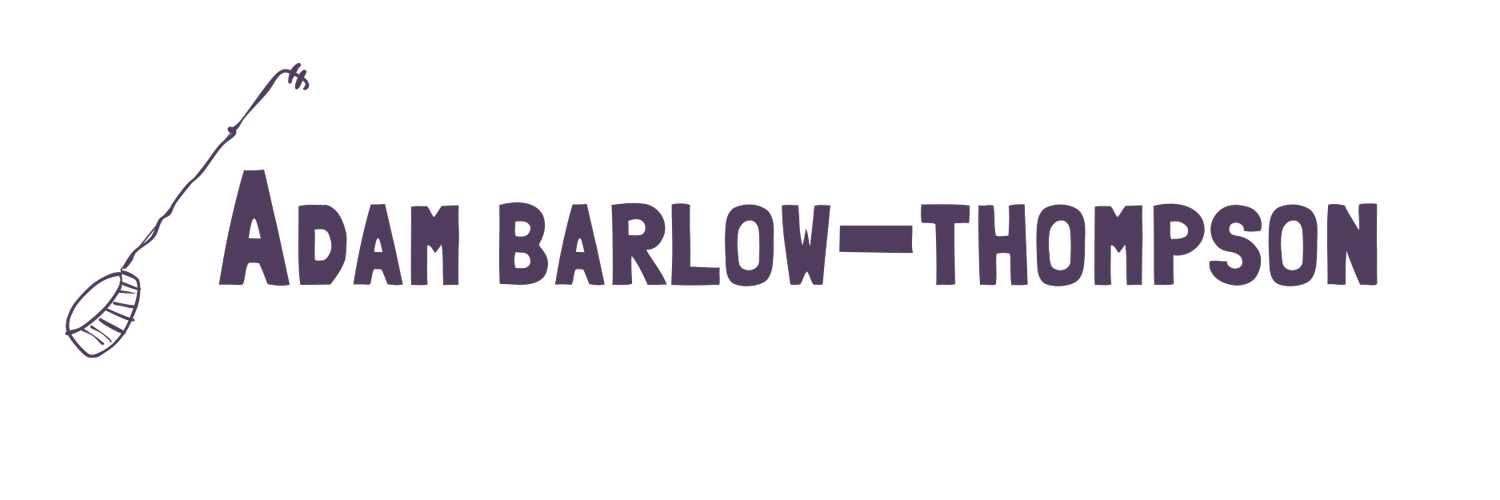Practicing Joy
/Neuroscientist Richard Davidson has worked for years uncovering some of the most interesting brain research that I've seen...and been able to still read!
Regarding Joy, Davidson has found 4 distinct and seperate circuits in the brain that help humans experience well-being. Below I have listed the four circuits and paired them with a practice that I think might help strengthen that circuit.
The paraphrase of this research is taken the Dalai Lama in "The Book of Joy".
1. The ability to maintain positive states.
Practice: Gratitude There are several ways to practice gratitude I recommend a gratitude journal. At the end of each day write down the things you are grateful for. Really force yourself to pick as many as you can. Then re-read the journal at the end of the week. Bonus points! Have some thank you notes handy and let the people you are grateful for know about it with a simple note.
2. The ability to recover from negative states.
Practice: Welcoming Prayer Borrowed from the Christian tradition of spiritual practices this prayer is used to allow God to transform our negative pain. If you are not Christian, think of it as a way to name and release the negative outcomes of pain or suffering. The steps of the prayer are simple. First focus on the physical sensation you experience from the negative emotion. Second, allow yourself to feel it fully in your mind, body, and soul; sinking deeply into the pain. Third, welcome the pain and remind yourself of the lessons it brings. Finally, let go of that pain. I actually like to visualize the pain releasing its grip on my insides. As you let go allow the pain to slip through your body until it fully leaves. (More on Welcoming Prayer here)
3. The ability to focus and avoid mind wandering
Practice: Meditation There are lots of ways to practice meditation. Of the four areas listed this is my most difficult and least natural. Because I have less confidence I use a guided meditation app on my phone called Headspace. There are lots like it, but I like Headspace because it eases you into it and has kids meditations. It does cost money, and there are lots of free ones out there so find what works for you!
4. The ability to be generous.
Practice: Giving Relationship This is the most exciting of the four discoveries for me. I love that we are designed to be happier when we are generous. While this is not a part of the research, I have my own theory that there is a hierarchy of generosity. I believe the kind of generosity you practice will impact your return on investment as it relates to joy. Here is the theory.
- Relational giving = Produces most joy
- Giving of a skill or service = Produces moderate joy
- Giving money or other physical resources = Will only produce joy if done with intentionallity
Basically, I think mentoring a student, spending time with an elder, or supporting a friend is better for us than simply writing a check. Especially if we try to exert influence over an individual or organization because of the money we donate.
So there you have it! Four circuits of the brain that are designed to help us experience well being. If you want more joy in your life, start exercising the brain!
I will be spending a few more weeks on joy finishing with a Facebook Live event on Nov. 15th at noon. If you want to get email updates and receive my weekly Tune In Tip subscribe to the email list below.



